Cargo bicycles and electric vans each excel in specific urban delivery scenarios. Cargo bicycles outperform in dense, congested areas with smaller payloads, offering faster last-mile delivery and reducing traffic. Electric vans are better for heavier loads, longer distances, and regulated routes, leveraging higher speed limits and infrastructure compatibility. Optimal efficiency depends on route density, cargo volume, and local policies.
How do cargo bicycles and electric vans compare in environmental impact?
Cargo bicycles produce zero direct emissions and require minimal energy, while electric vans rely on grid electricity, which may include fossil fuels. Though both reduce urban pollution, bicycles have a smaller carbon footprint due to lower energy consumption and manufacturing complexity. For cities prioritizing immediate air quality improvements, bicycles offer a cleaner solution.
Beyond emissions, lifecycle analysis reveals cargo bicycles use fewer resources: a typical model requires 90% less steel and plastics than an electric van.
Pro Tip: Pair cargo bicycles with renewable energy charging stations for electric vans to maximize sustainability. Imagine replacing ten diesel vans with cargo bikes—this could cut annual CO2 emissions by 50 tons, equivalent to planting 1,200 trees. However, electric vans still outperform traditional diesel vehicles, reducing emissions by 60% when charged with green energy. Which option aligns with your city's energy mix?
What factors determine delivery speed in urban environments?
Traffic congestion, parking availability, and route flexibility critically influence speed. Studies show cargo bicycles deliver 40% faster in city centers, navigating bike lanes and pedestrian zones inaccessible to vans. Electric vans, however, maintain consistent speeds on highways or in low-traffic suburbs.
Practically speaking, a bicycle courier can complete six stops per hour in Manhattan’s Midtown, while a van struggles with three due to traffic and parking delays. Technical specifications matter too: e-bikes with 500W motors reach 25 km/h, matching urban speed limits.
Pro Tip: Use hybrid fleets—deploy bicycles for inner-city hubs and vans for suburban transfers. But what happens during peak hours? Bicycles avoid gridlock, but their 150-kg payload limit restricts bulk deliveries. A 3x3 comparison clarifies this:
| Factor |
Cargo Bicycle |
Electric Van |
| Avg. Speed (City Center) |
15-25 km/h |
10-20 km/h |
| Peak Hour Reliability |
High |
Low |
| Max. Payload |
150 kg |
1,000 kg |
How do operating costs differ between these options?
Cargo bicycles cost €0.12/km in maintenance and energy, versus €0.30/km for electric vans. Van expenses include insurance, charging infrastructure, and driver licensing, while bicycles require minimal upkeep and no specialized permits.
Initial investment starkly contrasts: a high-end cargo bicycle costs €7,000, whereas electric vans start at €35,000. However, subsidies can narrow this gap—some cities offer 30% grants for commercial e-vans. For SMEs, bicycles provide faster ROI, often within 12 months.
Pro Tip: Calculate total cost per parcel—bicycles average €0.08/parcel in dense areas versus €0.15 for vans. Consider this: A Berlin bakery saved €18,000 annually by switching to bicycles for local deliveries. But can small businesses handle van charging costs?
⚠️ Critical: Never operate electric vans without verifying local charging infrastructure. Insufficient charging points can cripple delivery schedules—plan routes around verified stations or invest in depot charging.
Which mode better adapts to regulatory changes?
Electric vans benefit from established EV infrastructure policies, while cargo bicycles capitalize on emerging low-emission zones. Cities like Paris and Amsterdam increasingly restrict fossil-fuel vehicles, favoring both options but rewarding bicycles with parking privileges and fee waivers.
Regulatory risks differ: Van operators face potential toll increases or zoning permits, whereas bicycles confront limited cargo space regulations. For example, London’s Ultra Low Emission Zone charges vans £12.50/day but exempts bicycles.
Pro Tip: Monitor municipal decarbonization plans—bicycle fleets gain advantage in cities targeting 2030 carbon neutrality. How will your city’s 2025 transport policy updates impact operations?
What are the payload and range limitations?
Cargo bicycles typically carry 100-300 kg within 30 km daily, while electric vans transport 800-1,500 kg for 120-200 km per charge. Battery technology limits both: bicycles use swappable 1 kWh packs, whereas vans require 50-100 kWh fixed batteries.
| Metric |
Cargo Bicycle |
Electric Van |
| Max Range |
60 km |
240 km |
| Charge Time |
2-4 hrs |
8-10 hrs |
| Payload Volume |
2 m³ |
10 m³ |
Real-world example: A Copenhagen post office uses bicycles for 90% of sub-5km deliveries but relies on vans for bulkier items. Pro Tip: Use battery-as-a-service programs to reduce van downtime—some providers offer 15-minute swaps. But can urban depots accommodate swap stations?
How does infrastructure accessibility affect efficiency?
Electric vans require charging networks and warehouse space, while cargo bicycles thrive in bike-friendly cities with secure parking. Vans face challenges in historic districts with narrow streets, whereas bicycles access pedestrian zones and cycle highways.
Consider Barcelona’s superblocks: bicycles deliver within these car-free zones 70% faster than vans. However, van-centric cities like Houston lack cycle lanes, forcing bicycles onto unsafe roads.
Pro Tip: Advocate for municipal bike infrastructure—every 10 km of added cycle lanes can boost bicycle delivery efficiency by 25%. What if your delivery zone lacks dedicated lanes?
HOVSCO EBike Expert Insight
At
HOVSCO, we recommend cargo bicycles for urban deliveries under 20 km and 200 kg payloads. Their agility in traffic and low overhead align with sustainable logistics trends. For electric vans, prioritize models with modular cargo spaces and DC fast-charging. Always conduct route simulations—mix bicycles for hyper-local hubs and vans for regional distribution centers. Never compromise on safety: Equip bicycles with ABS brakes and vans with 360° cameras for urban maneuverability. Partner with HOVSCO to design fleets that balance speed, cost, and carbon goals effectively.
FAQs
Can cargo bicycles handle large-item deliveries?
No, they’re ideal for parcels under 2 m³. Use electric vans for furniture or appliance deliveries requiring >5 m³ space.
Do electric vans require special driver licenses?
Yes, most regions mandate a Class B license for vans over 3.5 tons, while bicycles need no specialized permits.
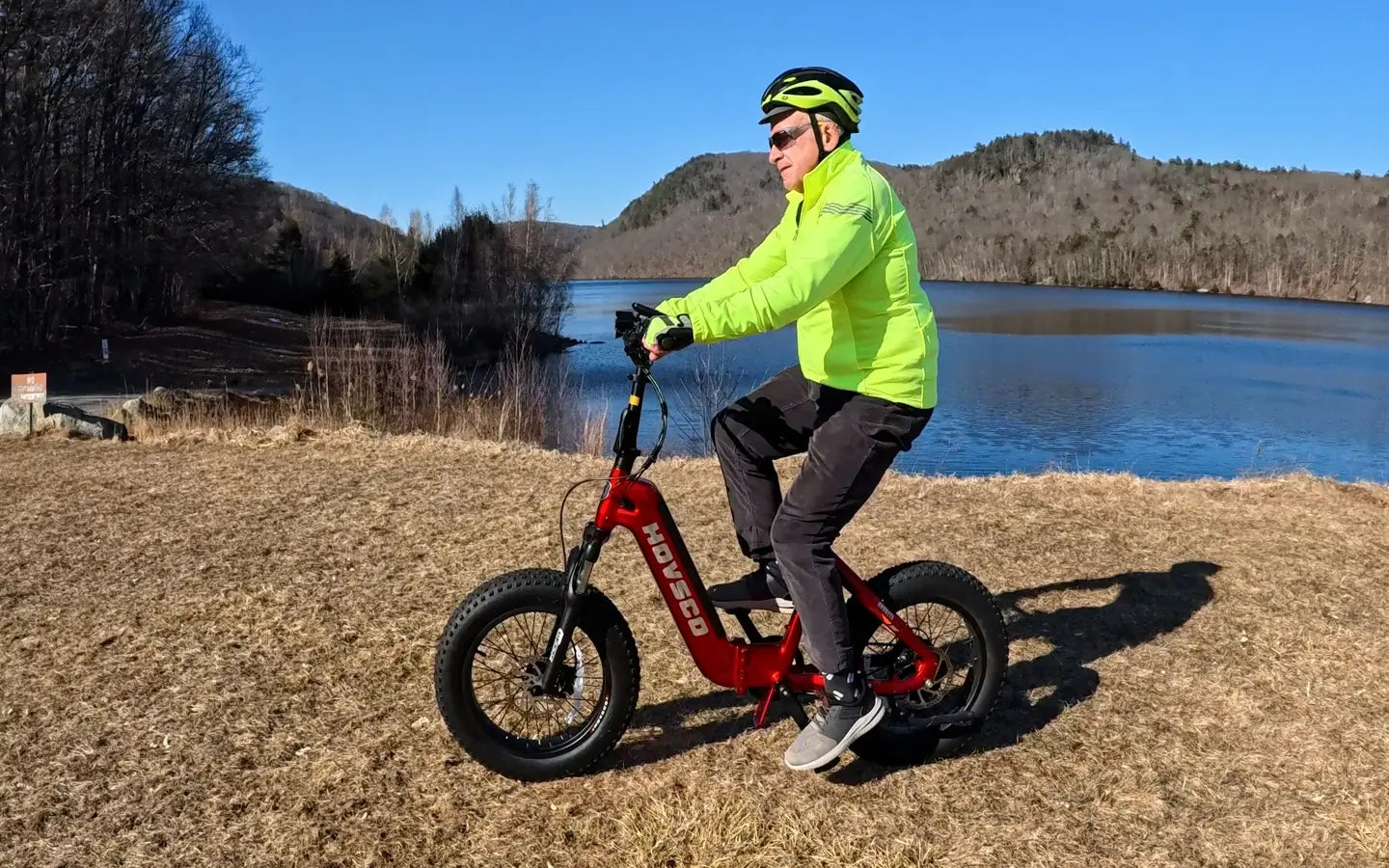
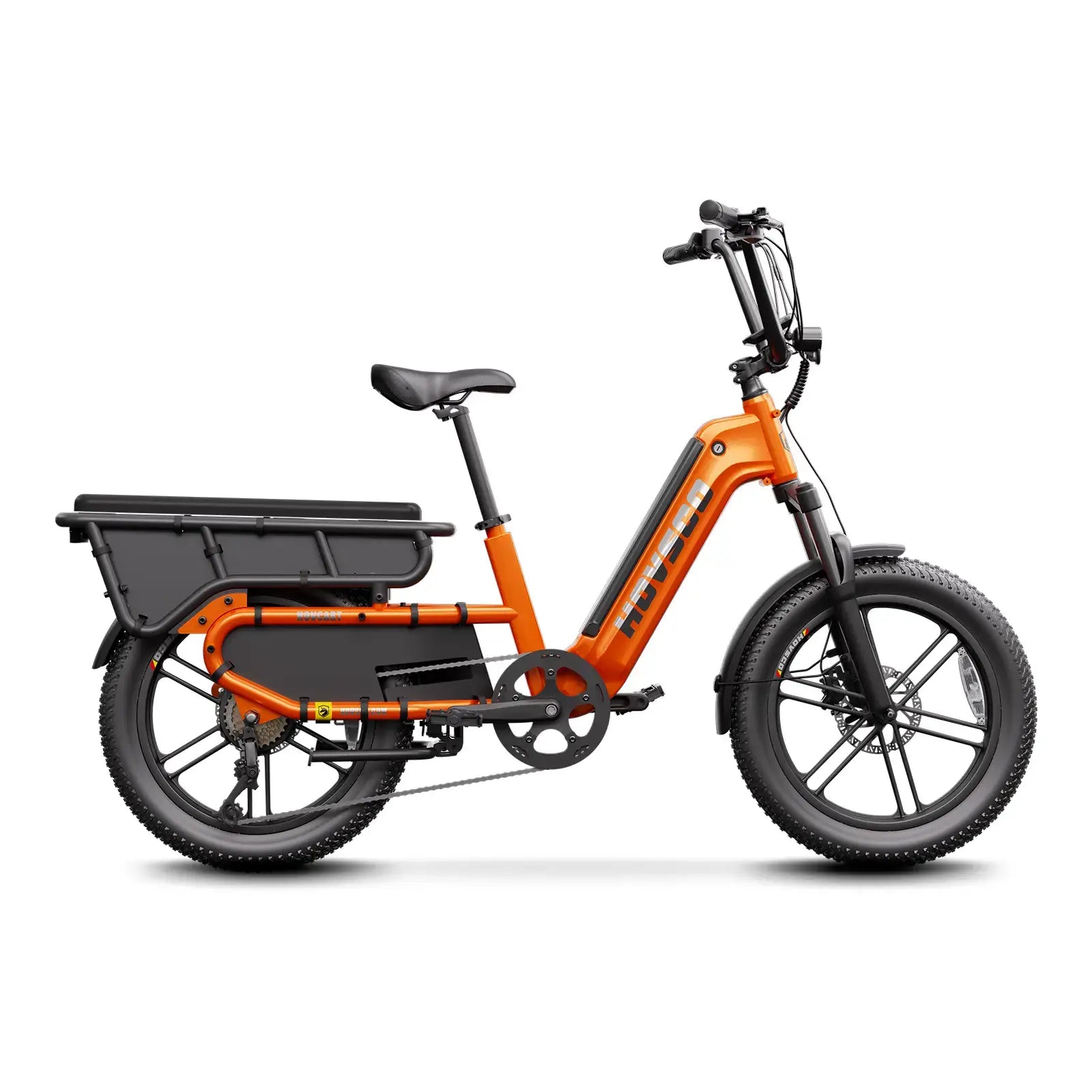
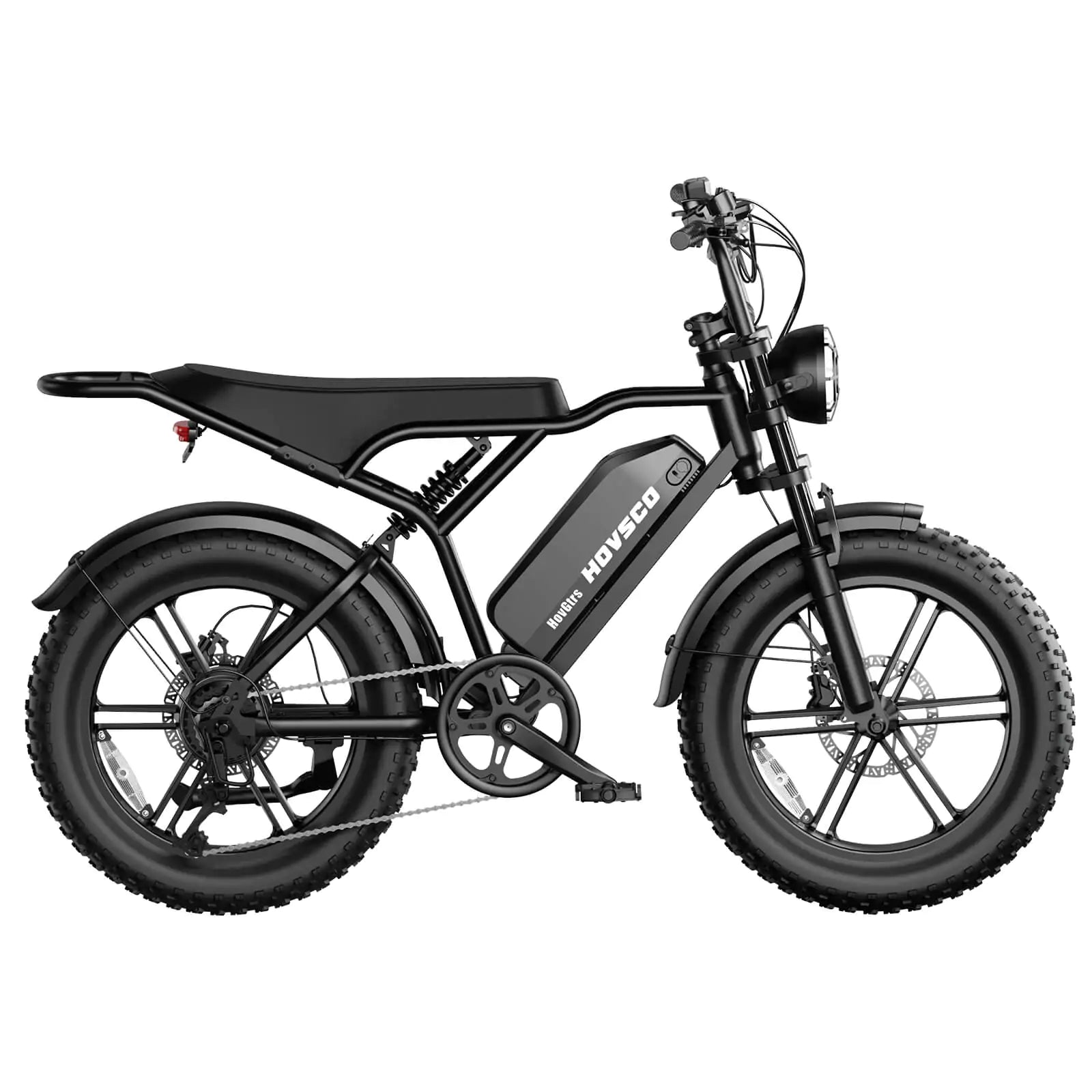
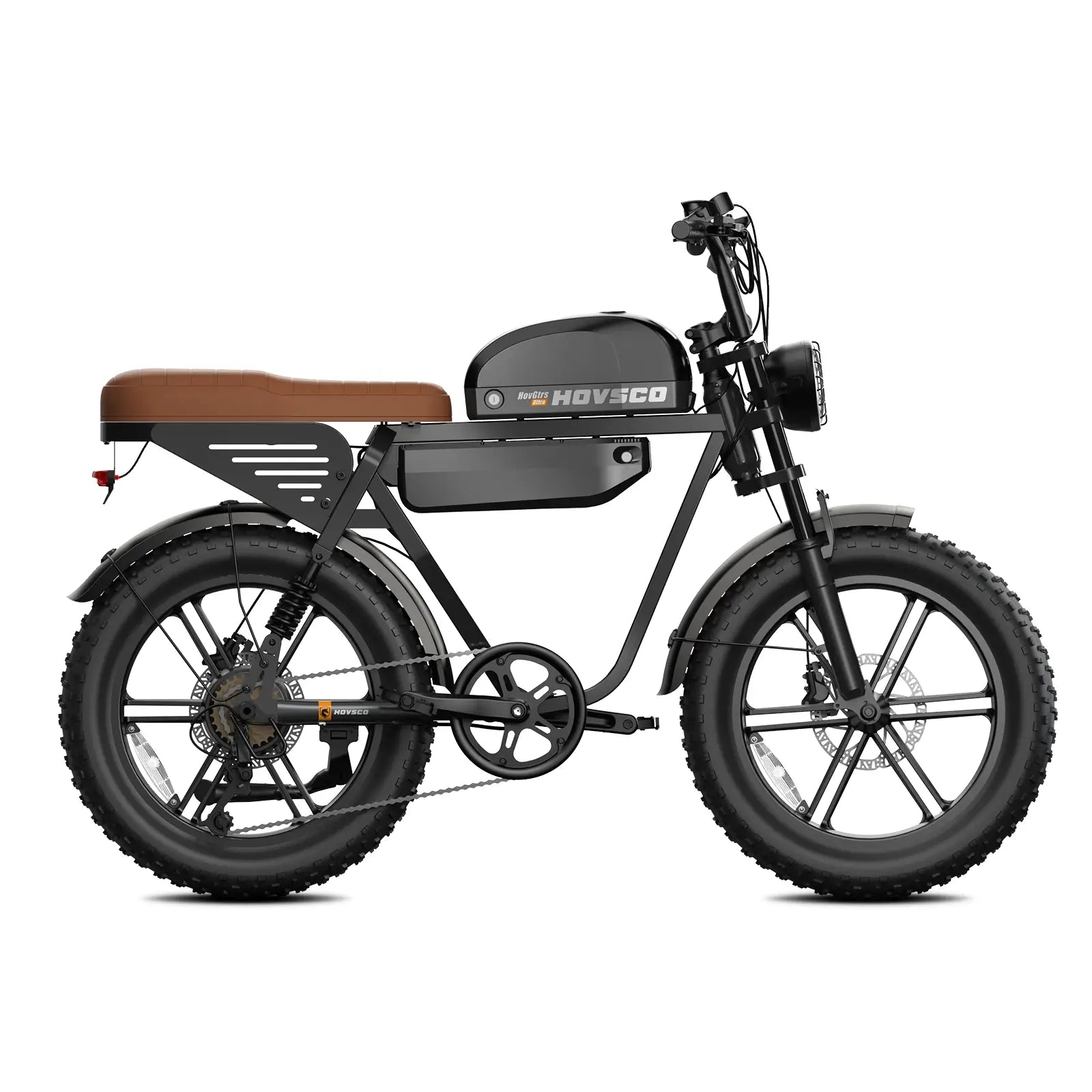
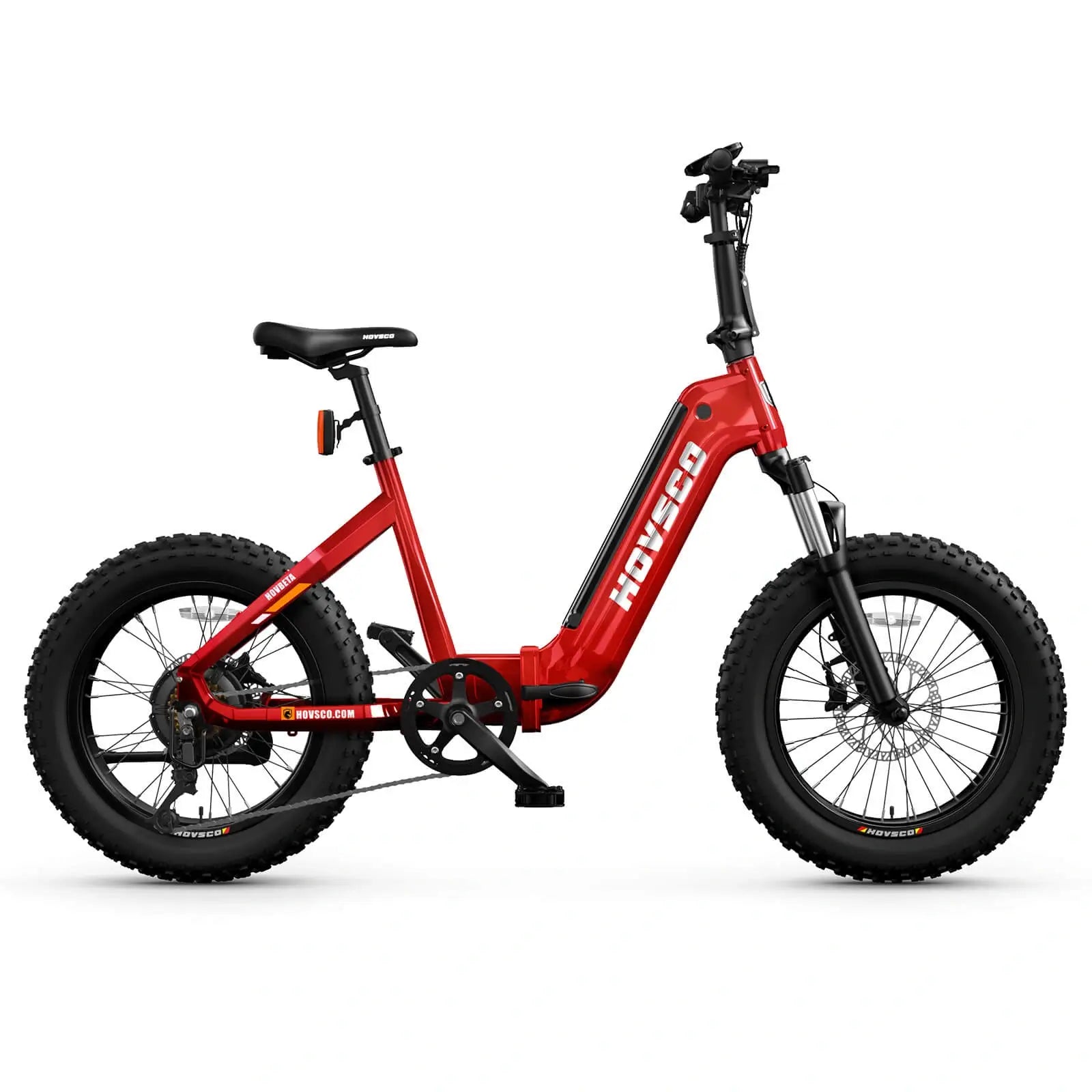
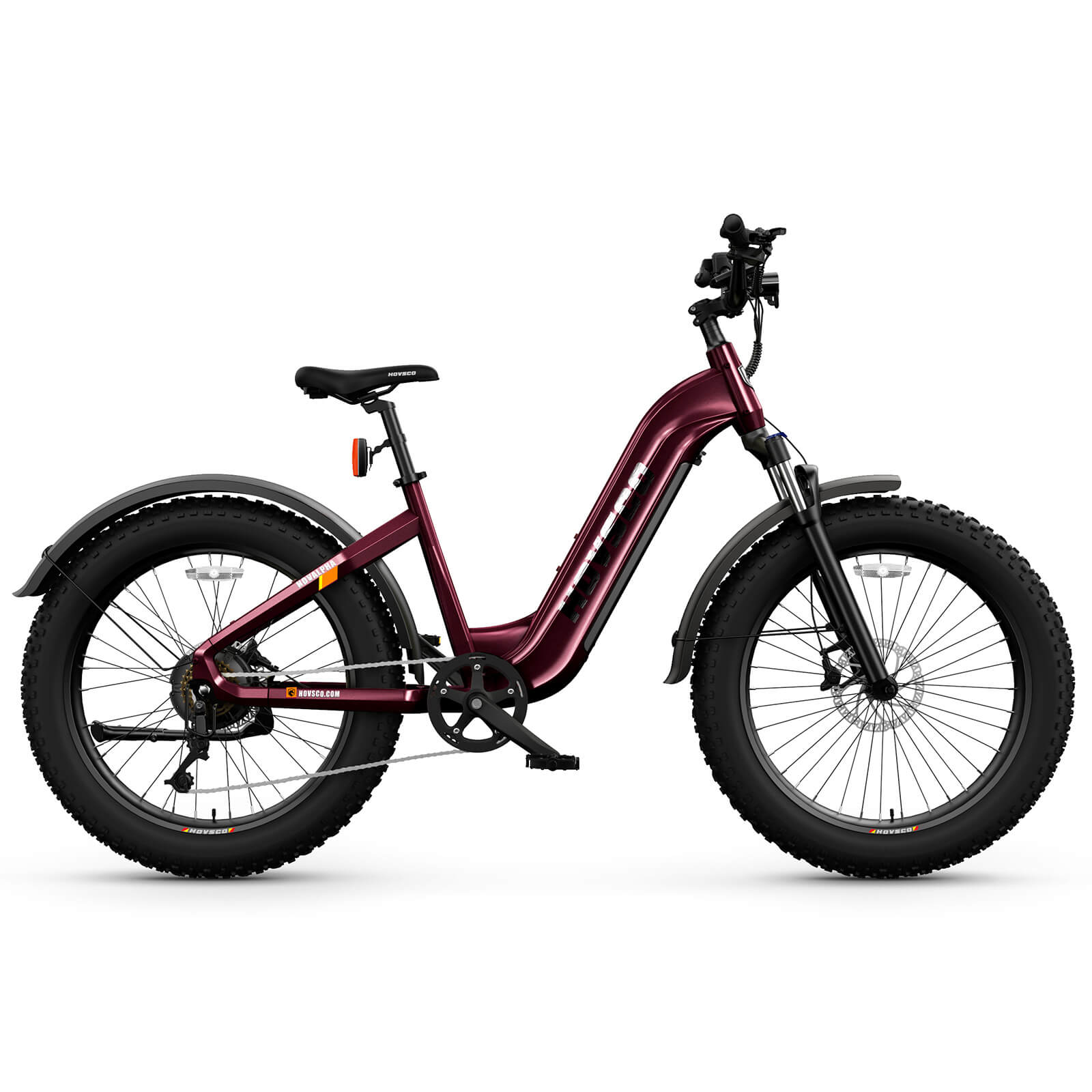
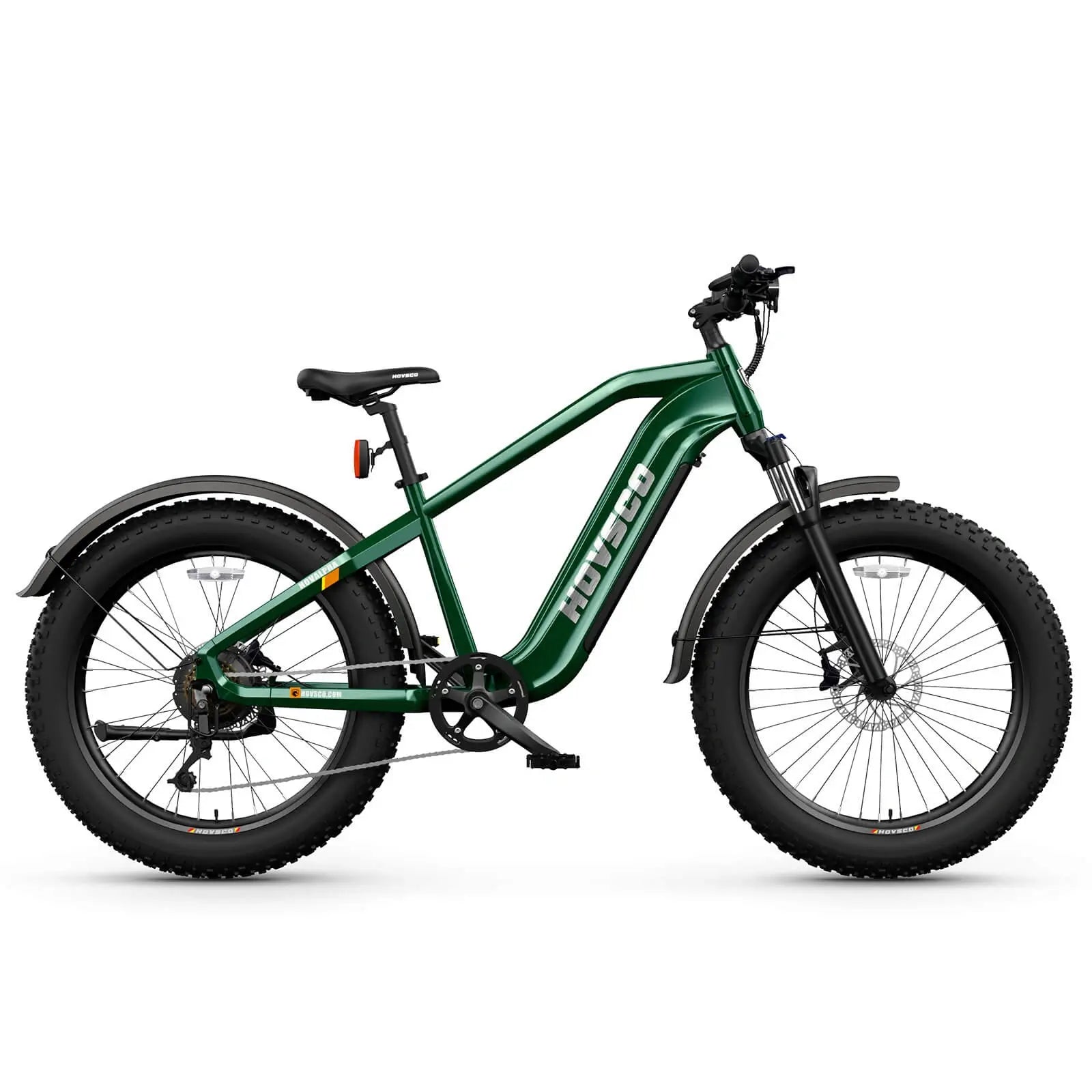
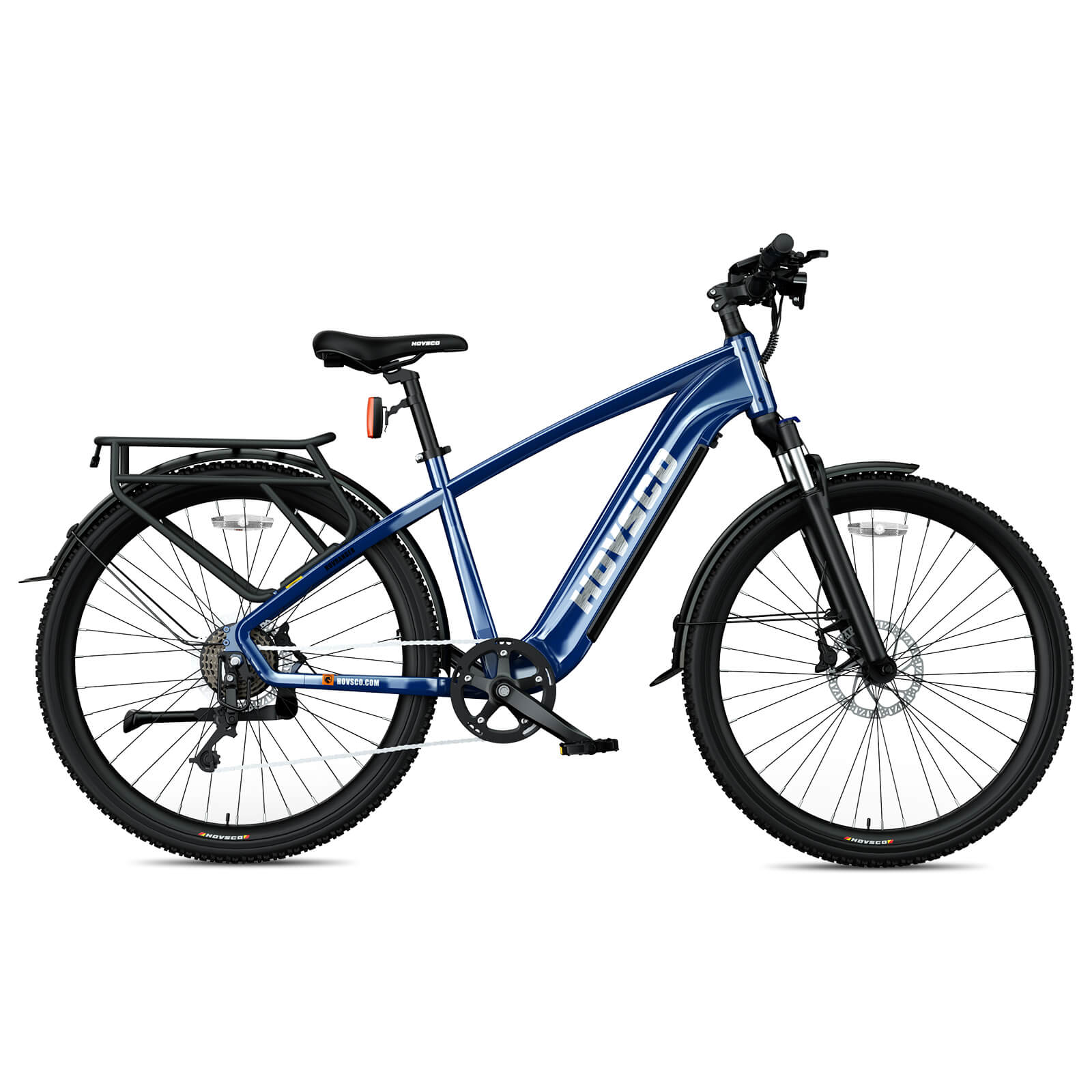
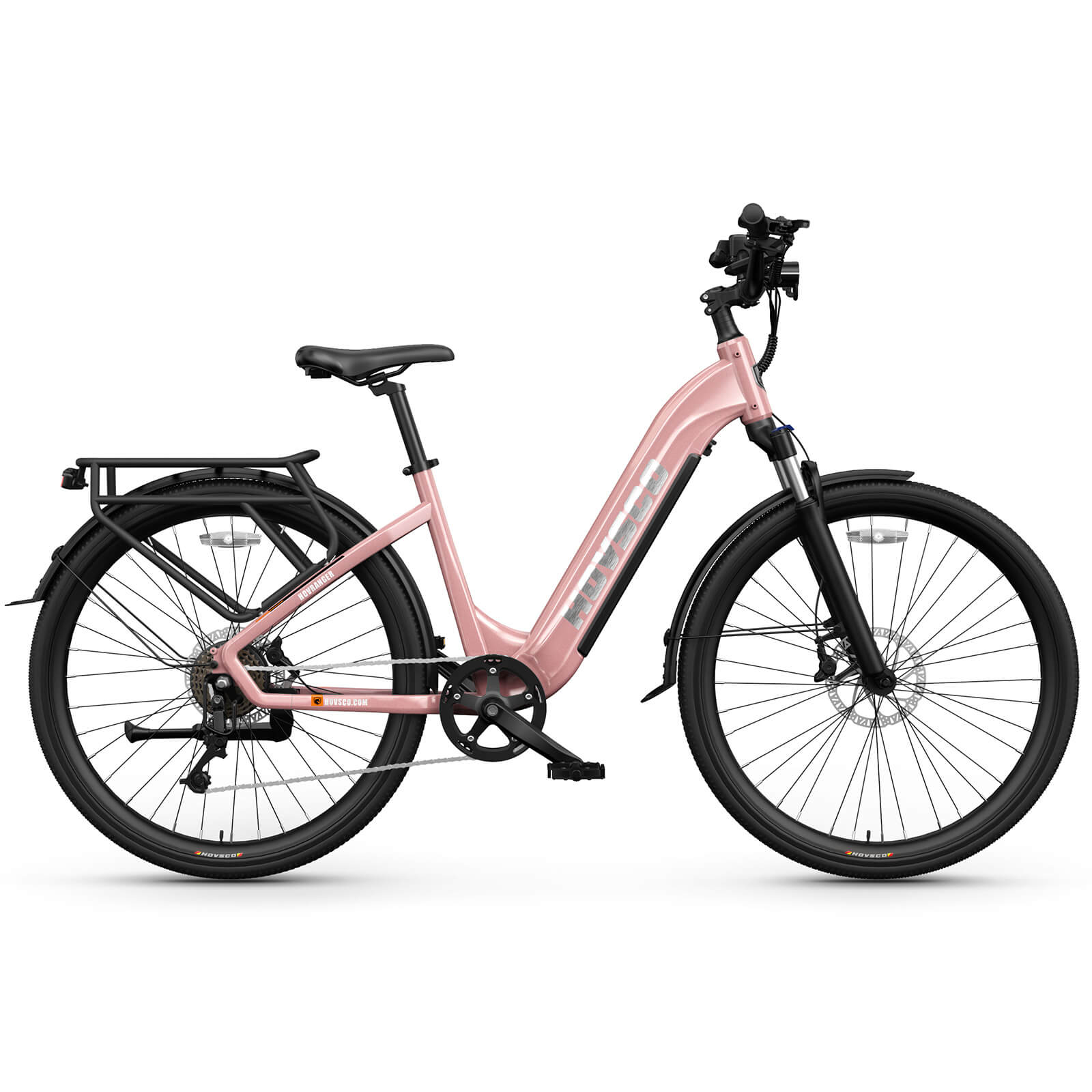
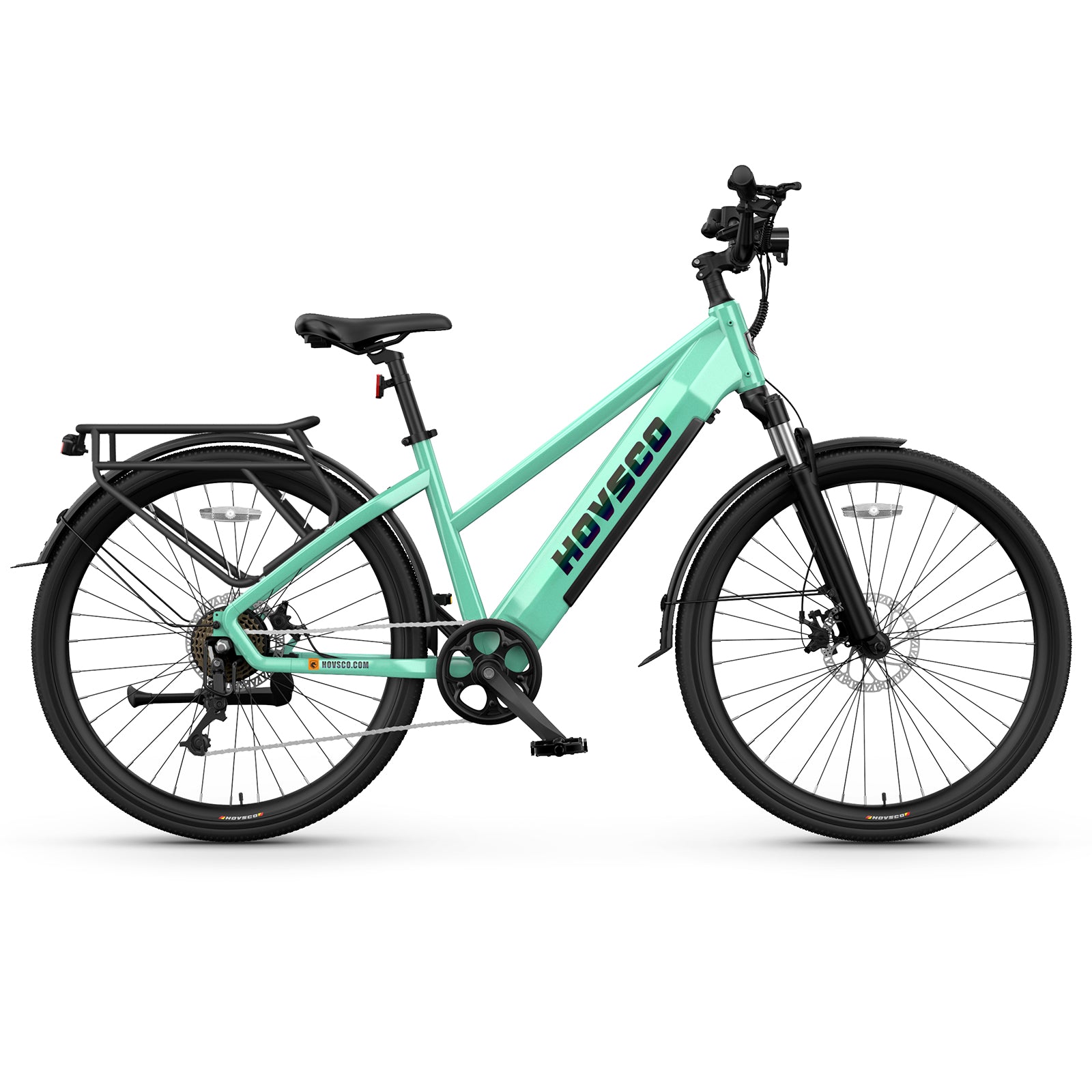
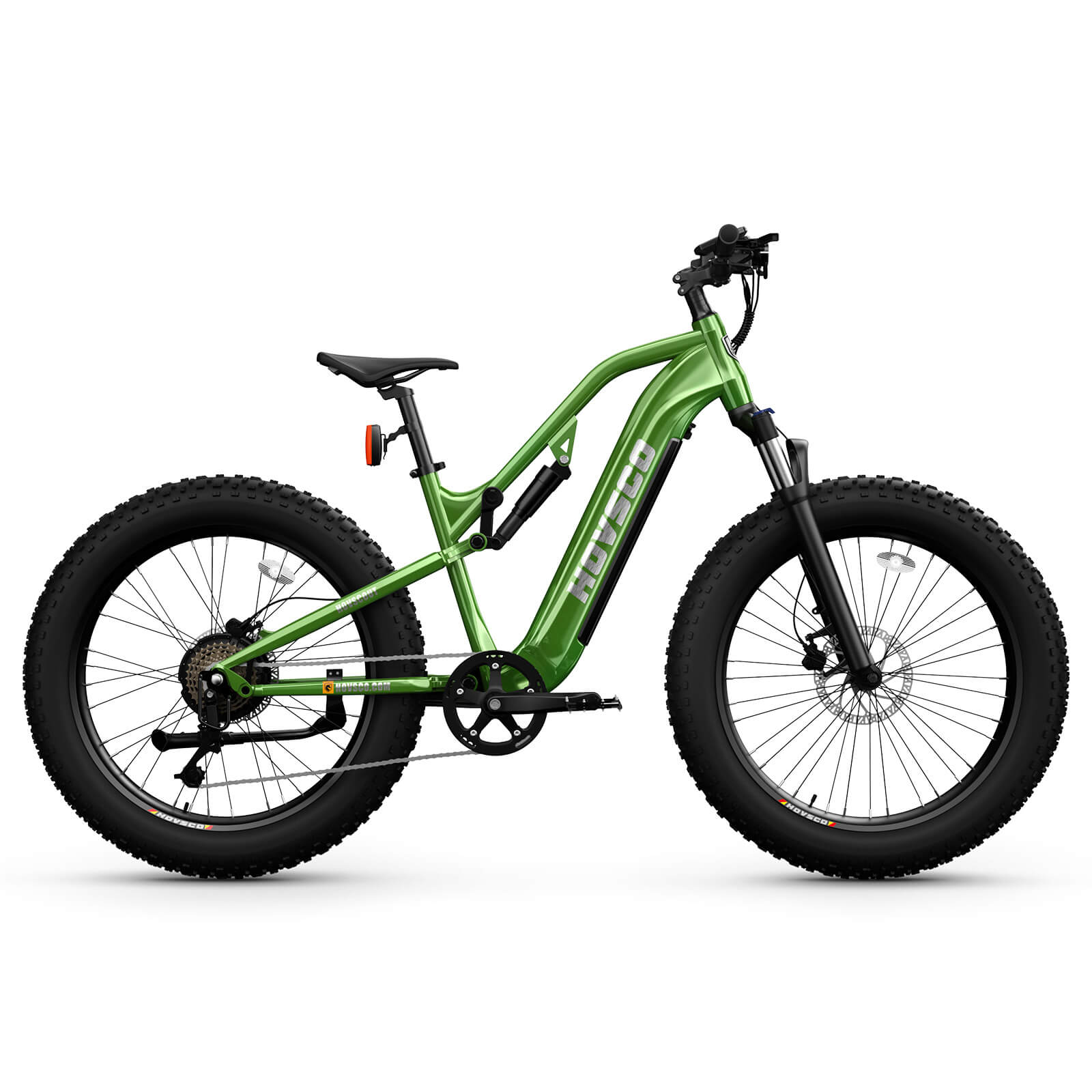

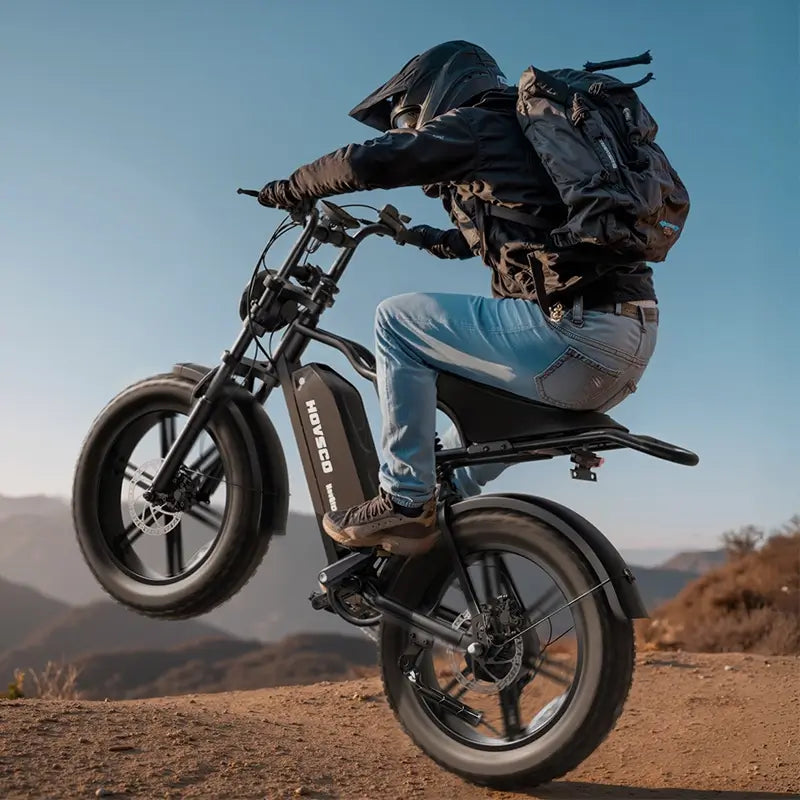
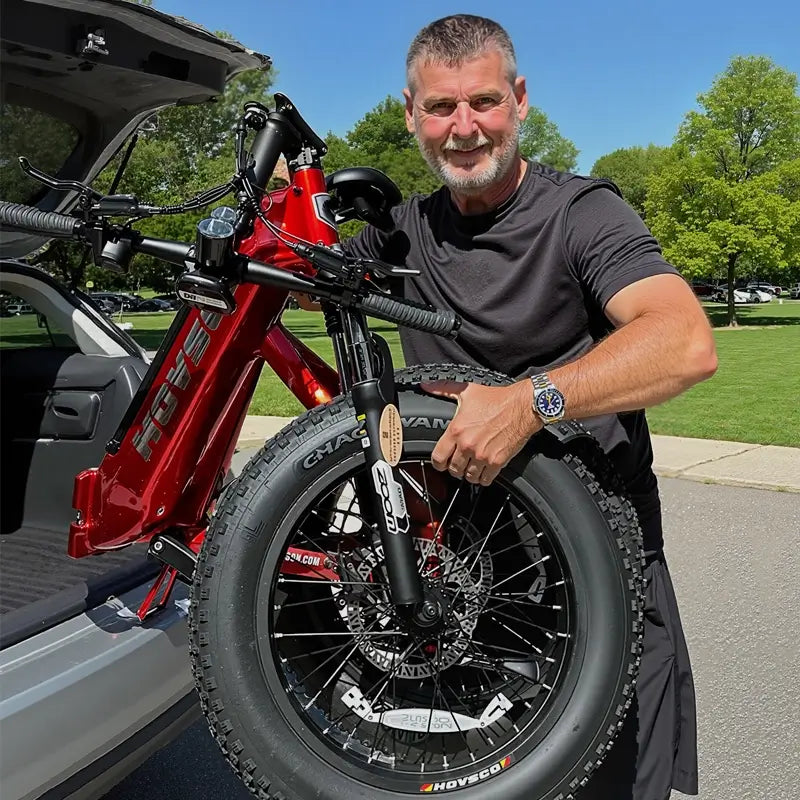



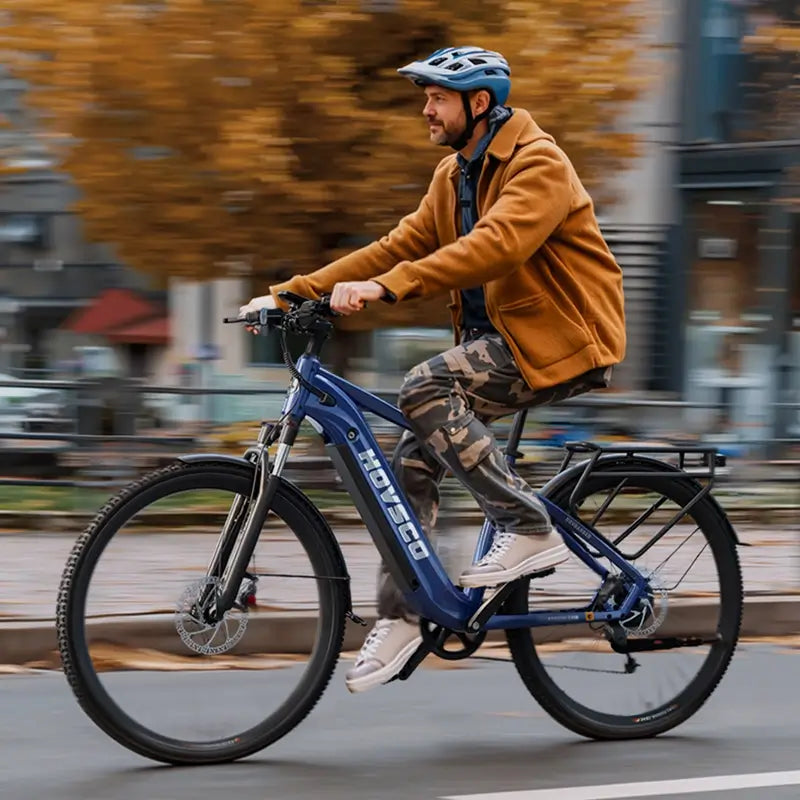

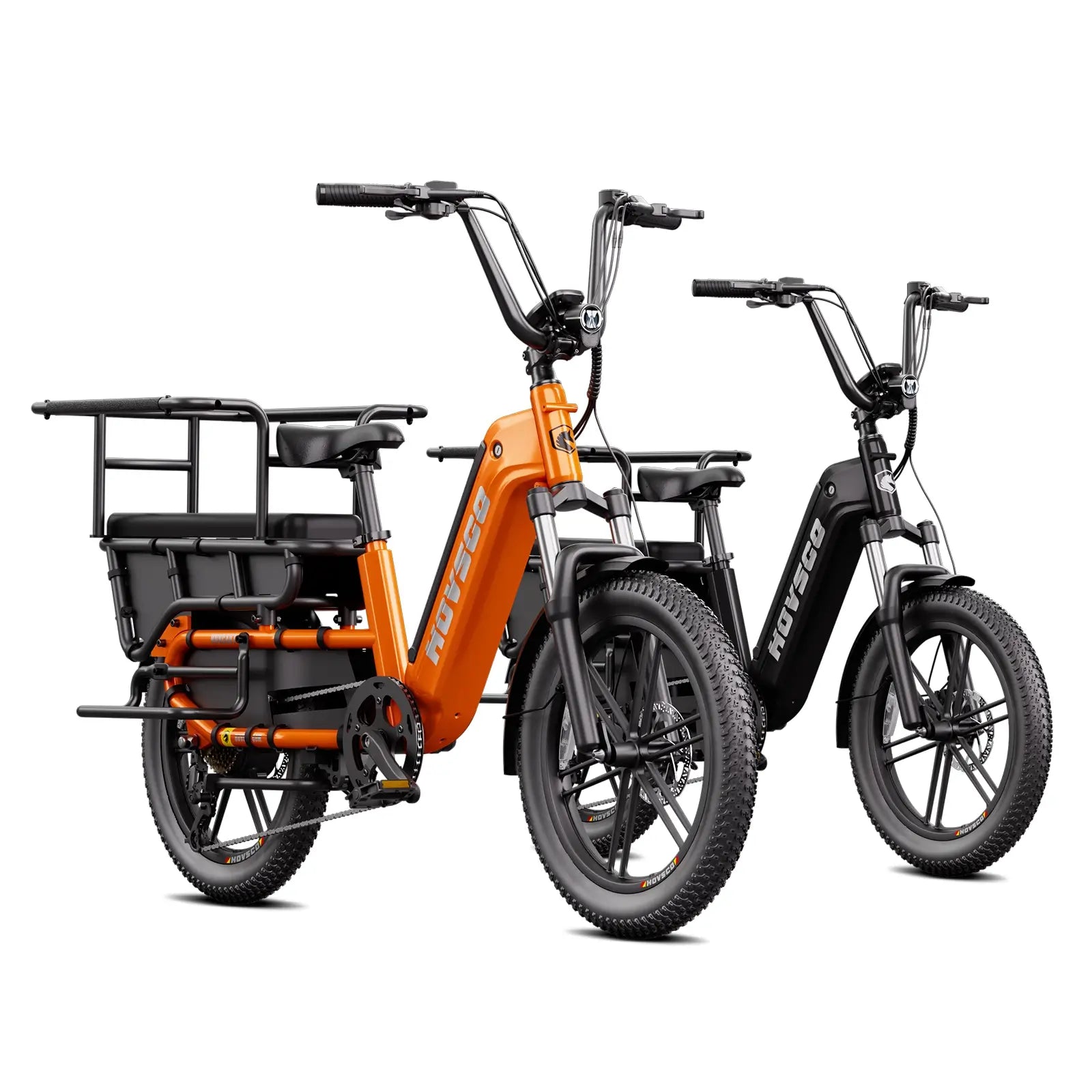
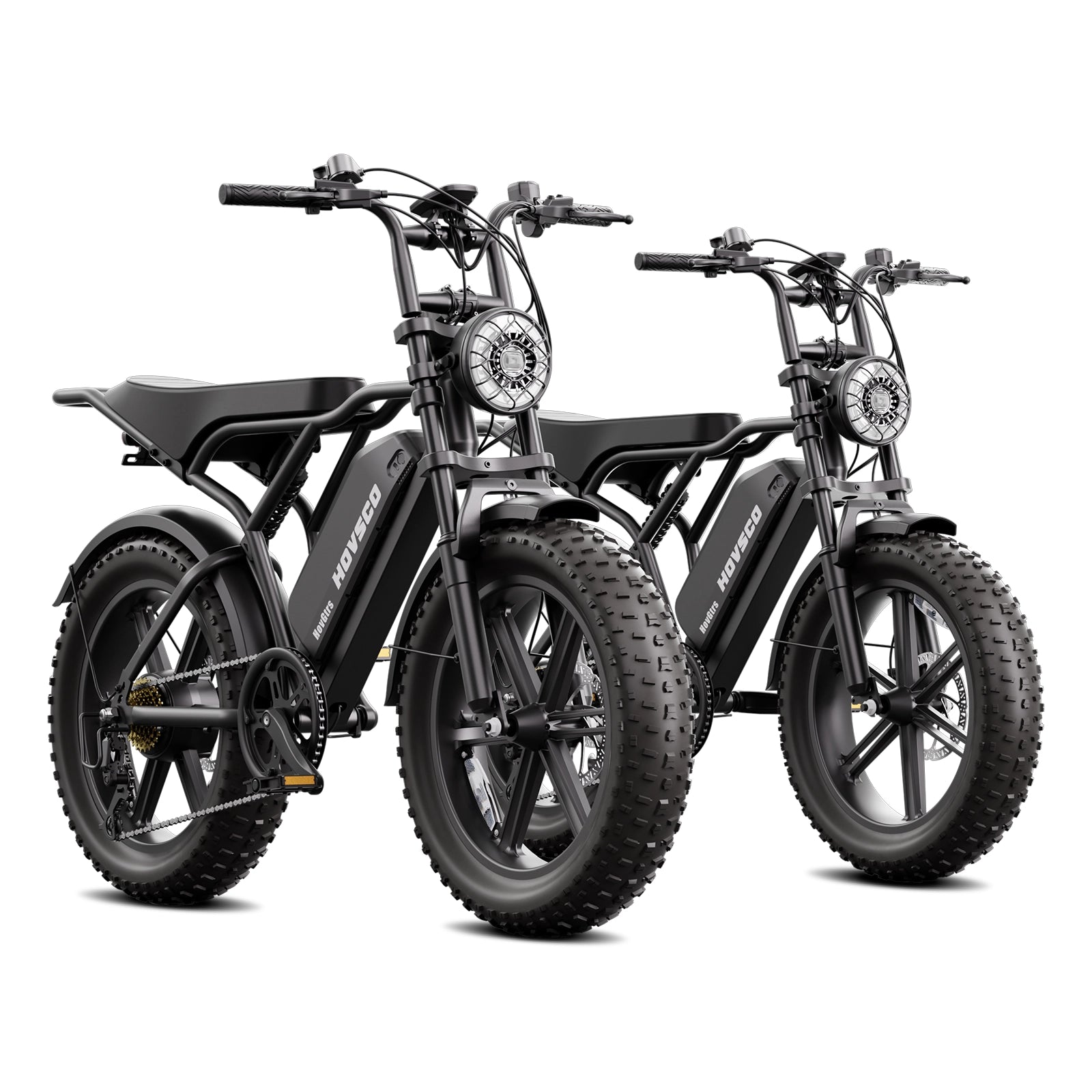
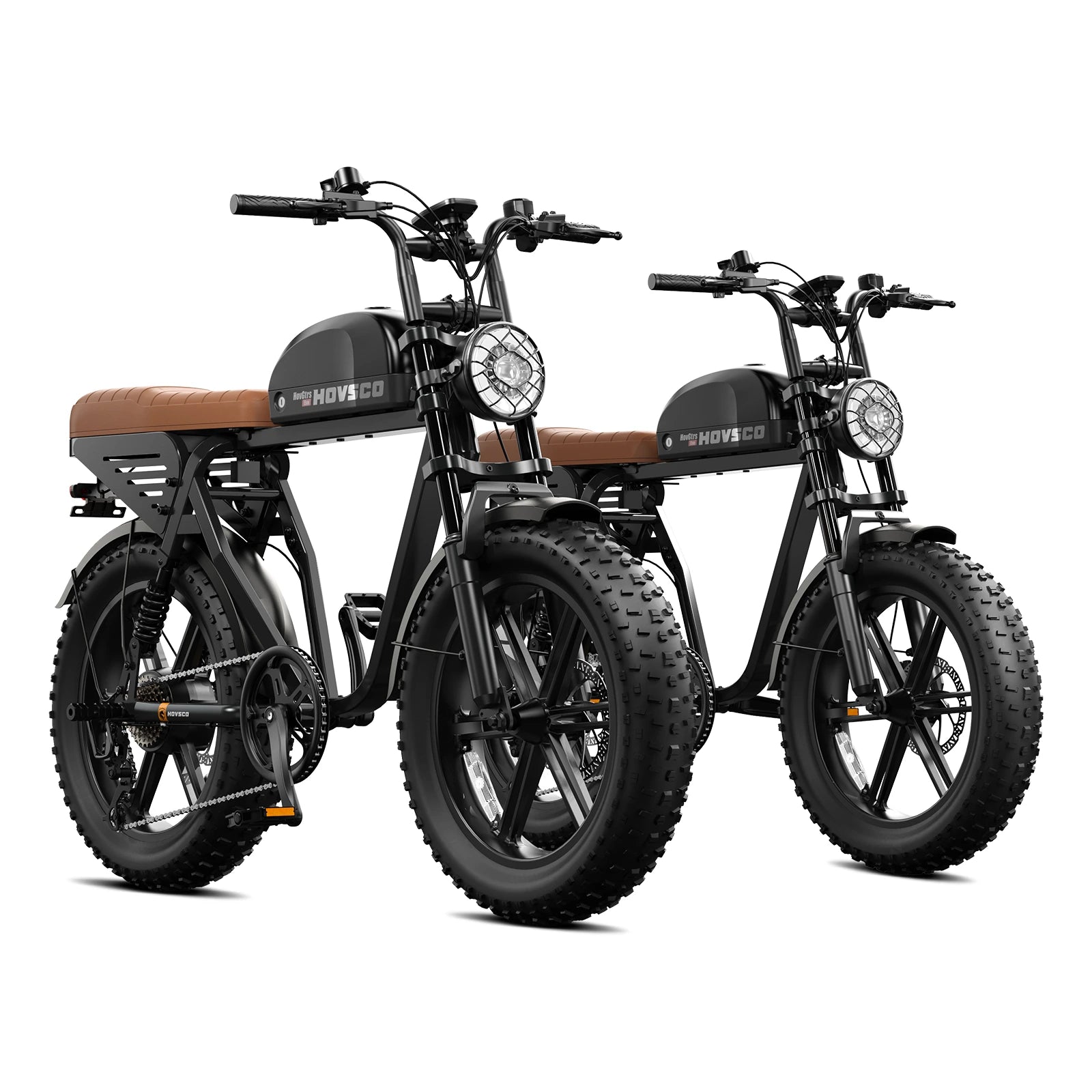
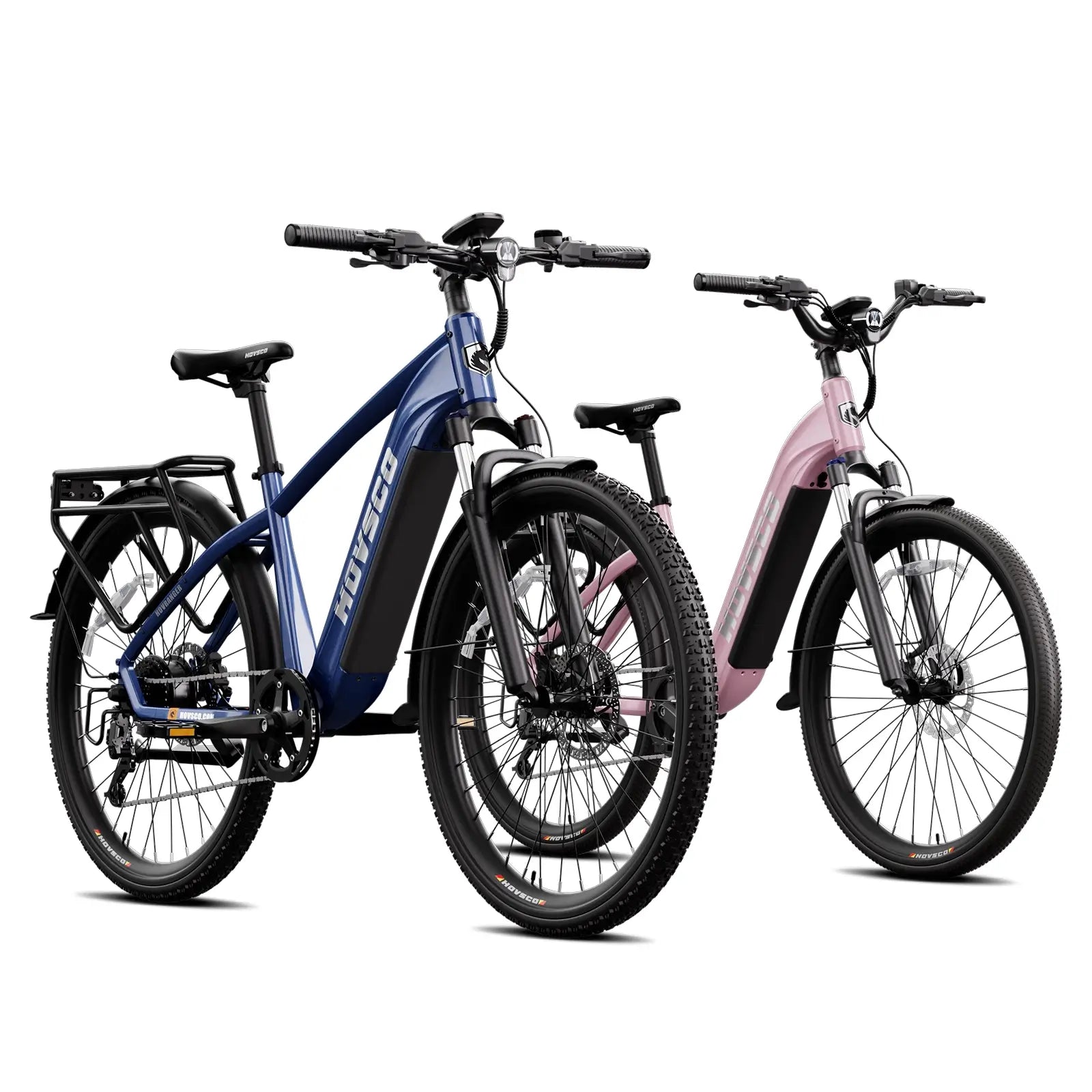
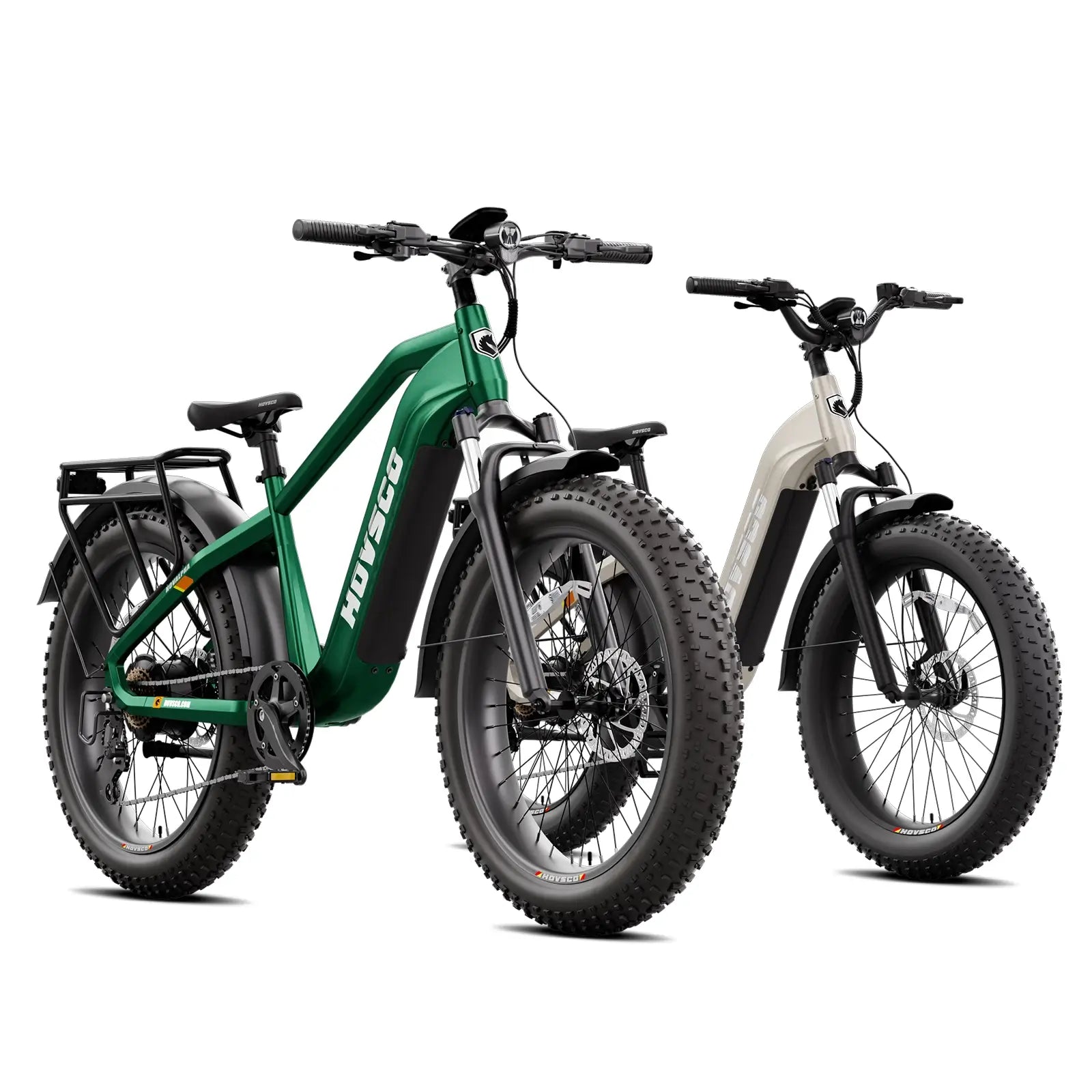
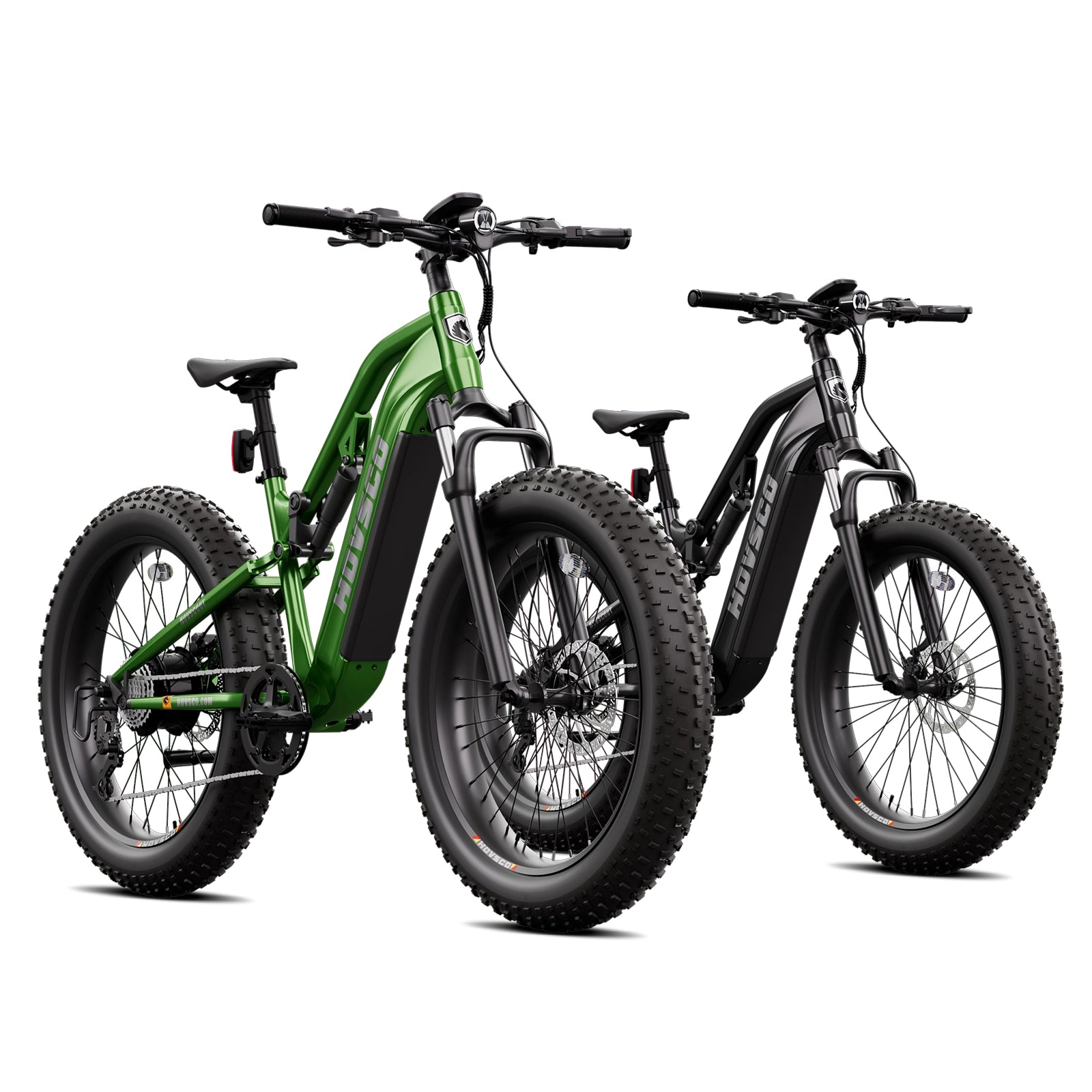
Share:
What Benefits Do Cargo Ebikes Provide Urban Delivery Services?
What Maintenance Steps Optimize Cargo Bike Longevity?